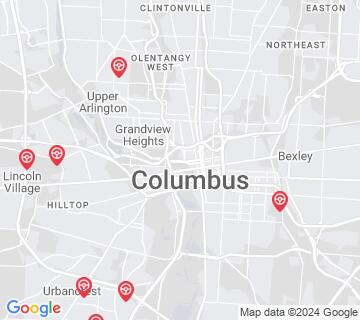2025 New York Motorcycle Permit Test 5
The following questions are from real DMV written motorcycle permit tests. These are some of the actual permit questions you will face in New York when getting your motorcycle learners permit. Each motorcycle theory practice test question has three answer choices. Select one answer for each question and select "grade this section." You can find this button at the bottom of the drivers license quiz. For a complete list of questions and answers for New York please visit https://cheat-sheets.dmv-written-test.com/en/new-york/motorcycle.
Number of Tests
Number of Question
Passing Score
6. A red and white triangular sign at an intersection means:
Explanation
A red and white downward-facing triangular sign is a yield sign. When approaching this sign, you should slow down and prepare to yield the right-of-way to any pedestrians or vehicles in the crossroad. You may need to come to a stop. Proceed through the intersection when the way is clear.
7. If you are riding over rain grooves or bridge gratings and your motorcycle begins to weave, you should:
Explanation
A motorcycle may weave while riding over rain grooves or bridge gratings, but this is generally not dangerous. If your motorcycle begins to weave, simply relax and proceed straight ahead at a steady speed. Trying to ride in a zigzag pattern to compensate for the weave will only increase the hazard.
8. Making eye contact with other drivers:
Explanation
You should never take eye contact as a guarantee that a driver will properly yield to you. It is not uncommon for drivers to look directly at a motorcyclist but fail to register that they are there.
9. When you are being passed by another vehicle, which part of the lane should you ride in?
Explanation
When being passed, it is generally safest to ride in the center portion of your lane. Riding on the side nearest the passing vehicle increases the risk of colliding with them. Riding on the side farthest from the passing vehicle is also dangerous, as it could tempt the driver to re-enter your lane before it is safe to do so.
10. If you must brake and swerve to avoid a hazard, you should:
Explanation


